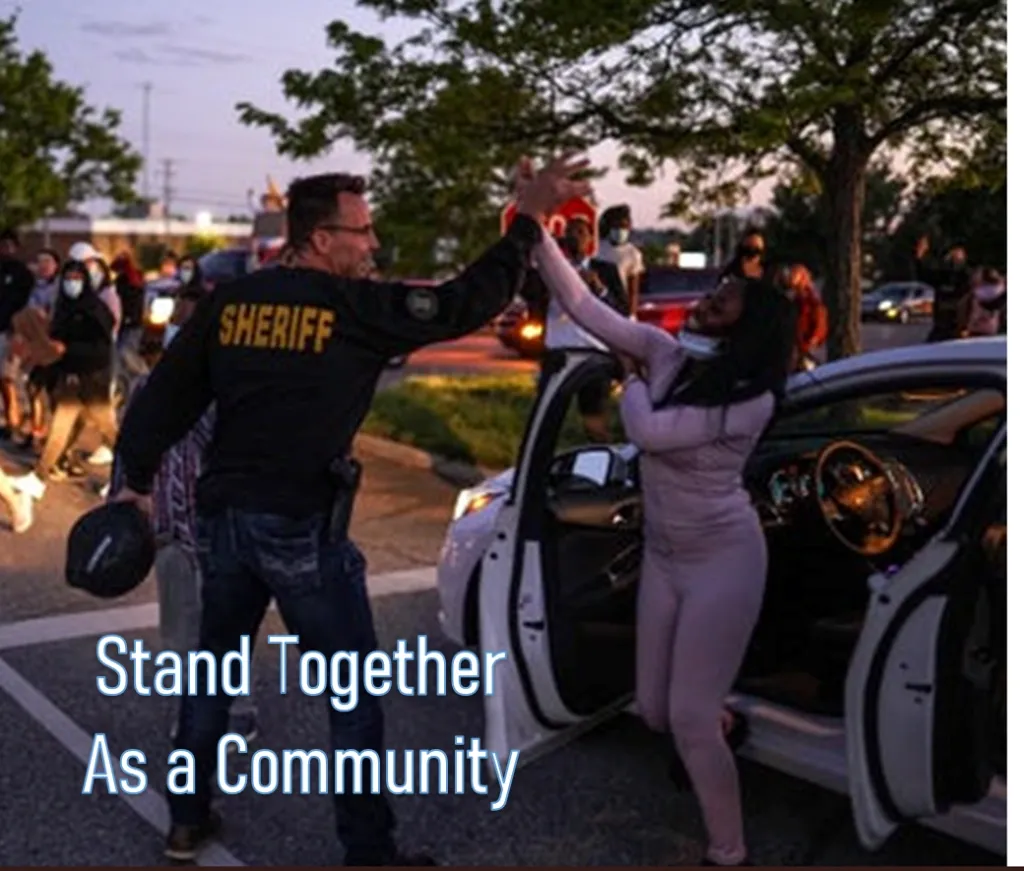Stand Together as a Community: Create a Path for Change

When do we reach the tipping point for progress? Will the endless loss of African-American lives ever be enough to tilt the scales of justice? What can we do as African Americans and as allies to reform the system and create change during a time of darkness?
On May 27, 2020 in Minneapolis, Minnesota, an unarmed African-American man, George Floyd, was murdered. Police officer Derek Chauvin was arrested and charged with third-degree murder in his death – a death that was witnessed by at least three other officers who looked on while Chauvin had his knee on Floyd’s neck for nearly nine minutes — including almost three minutes while Floyd was unresponsive. This public killing, painfully captured on video and shared on social media, is one in a long history of racism and violence against black people –and particularly against black men. From Ahmaud Arberry, to Michael Brown to Eric Garner to Trevon Martin and countless others, George Floyd’s death is another in a long list of innocent lives lost.
In protest, people are coming together to voice their frustration and demand justice over the senseless death of unarmed and innocent African-American men. From Minneapolis, New York City, Los Angeles, Atlanta, Houston, Chicago, Detroit, Minneapolis and other cities, concerned black and brown communities and allies are holding demonstrations peacefully during the day, but sadly, many end with destruction by the evening.
President Trump has not addressed the nation with words or actions to heal the pain, anger, fear and frustration felt by so many. Instead, he has sent inflammatory messages over Twitter stating that protesters could be attacked with “vicious dogs and ominous weapons” wielded by the US Secret Service. Peaceful protesters in front of the White House were met with tear gas and rubber bullets while the President took photos in front of an historic church with a Bible in hand. In a video released on June 2, Bishop Mariann Edgar Budde of the Episcopal Diocese of Washington, D.C. criticized the manner of President Donald Trump’s visit to St. John’s Episcopal Church amid protests over the death of George Floyd, calling it a charade.
What Can We Do As D&I Practitioners to Stand Together and Create a Path for Change?
- Send a Strong Message of Leadership Support: Now is the time for leaders to come together and show their solidarity against racism and discrimination. For many companies, this will come in the form of a communication from the CEO – a video, enterprise email, town hall – these are all important public ways to send a clear message of support for equity, fairness and inclusion.
- Create a Safe Space for Employees to Share Their Feelings and Promote Mental Health Wellness: African-American employees, in particular, are likely feeling a range of emotions with last week’s murder of George Floyd. This tragic event is like an old wound that has not healed; it triggers fears for not only the self, but also for families and loved ones. Questions emerge about how much of the “outside world” we live in is silently present in the places where we work. These feeling are “racial battle fatigue” coined by researchers William Smith, Walter Allen and Lynette Danley. The feelings of frustration, shock, anger, disappointment, resentment, anxiety, helplessness, hopelessness, and fear are among the consequences of bias.
What can we do to support employees and promote positive mental health?
- Create a safe space for employees to share their candid thoughts and ask questions. This is an essential way to reinforce the sense of belonging, respect and inclusion we know is critical for trust. These safe spaces can be created through employee resource group meetings and in fireside chats with leaders.
- Build awareness of mental health and wellness services. Research shows black Americans are 20% more likely to report serious psychological distress than non-Hispanic white Americans. Persistent microaggressions and acts of unconscious and conscious bias can result in a wide range of psychological consequences including depression, anxiety, and other serious, sometimes debilitating mental conditions. According to USA Today, “African Americans face harmful mental health effects every time high-profile incidents of racism and police brutality go viral, especially when little changes in the aftermath.” Ensuring employees have access to the mental health services provided by companies is an important step in creating balance and wellness.
- Talk about Race: Use tools from thought leaders to nuance conversations about race in an interactive way.
- Bias: “If you are human, you are biased.” Howard Ross, Founder and Principal Consultant of Cook Ross, Inc
- Being Antiracist: “In a racist society, it is not enough to be non-racist – we must be antiracist.” Angela Y. Davis, American Political Activist, Philosopher, and Author
- Historical Foundations of Race: “The world got along without race for the overwhelming majority of its history. The U.S. has never been without it.” David Roediger, Foundation Professor of American Studies at Kansas University
- Understanding Race: “Racism is not about how you look, it is about how people assign meaning to how you look.” Robin D.G. Kelley, Historian and Gary B. Nash Professor of American History at UCLA
- Learn about the African-American Experience: Knowing the history of the African-American journey is an important step towards understanding the pain and injustice of slavery and acknowledging what it feels like to be black in America today.
- The National Museum of African American History and Culture at the Smithsonian is the nation’s largest and most comprehensive cultural destination devoted exclusively to exploring, documenting and displaying the African-American story and its impact on US and world history. The museum offers a virtual tour for individuals to experience their collection while the COVID-19 virus restrictions remain in effect.
- The National Museum for Peace and Justice, which opened to the public on April 26, 2018, is the nation’s first memorial dedicated to the legacy of enslaved Black people, people terrorized by lynching, African Americans humiliated by racial segregation and Jim Crow, and people of color burdened with contemporary presumptions of guilt and police violence. The museum will reopen on June 15 due to the COVID-19 crisis; however, the website offers online videos and research reports and articles accessible to all on the history of slavery, segregation, the African American experience and suffering and injustice for people of color.
- The National Civil Rights Museum in Memphis is built across from the Lorraine Motel, where Martin Luther King, Jr., was assassinated as he stood on a balcony in 1968. Visitors can hear audio of oral history recounting firsthand accounts of life under Jim Crow or women of Montgomery boycotting bus segregation. Closed due to the COVID-19 restrictions, the museum offers online resources and materials for educators for teaching the struggle for freedom and justice.
- The Atlantic Slave Trade in Two Minutes is a short, but powerful interactive video documenting the 315-year journey, 20,528 voyages and the millions of slaves bought to the Americas from Africa. Designed and built by Andrew Kahn, this video gives you a sense of the scale of the trans-Atlantic slave trade across time, as well as the flow of transport and eventual destinations.
- Procter & Gamble has produced The Look video and The Look Discussion Guide to help individuals understand the biases Black people experience every day.
- Strengthen Your Role as an Ally: There are several resources available to Diversity & Inclusion practitioners and other business leaders on understanding what white privilege is and how it shows up in communities of color. Among those are:
These are among the many resources available as allies to bridge the gap between Black people and America – however, there are many more. If you are aware of a resource that is critically important to D&I practitioners during these urgent times, please add it in the comment box below or send any additional resources you may have to me at [email protected]. I welcome the opportunity to share these resources with others as we stand together as a community and create a path for change.
